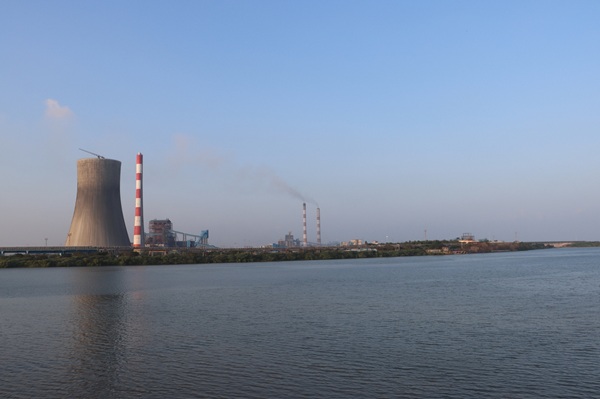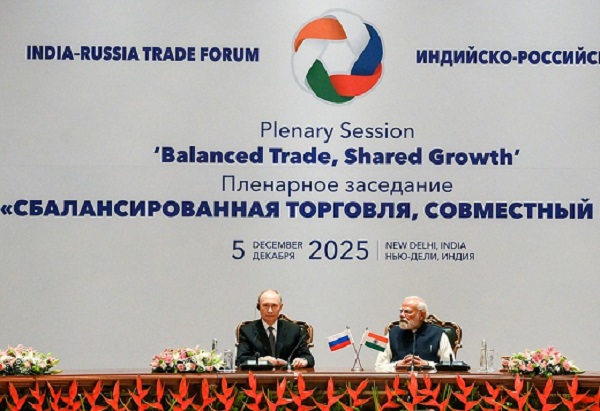.png)

T.K. Arun, ex-Economic Times editor, is a columnist known for incisive analysis of economic and policy matters.
September 9, 2025 at 8:13 AM IST
Health insurance for individuals has been made exempt from Goods and Services Tax. GST has been removed from life insurance premium payments for individuals, as well. Both used to be charged GST at 18%. So, this represents major relief for individuals, this lowering of the cost of buying insurance by nearly a fifth, right? That magnitude of reduction in the cost of either life or health insurance is merely an illusion. The cost of insurance might come down somewhat, but definitely not by 18%.
When insurance companies charged insurance buyers 18% GST, they collected the tax from the consumers, and passed it on to the government, but not all of it. From the tax these companies collect from buyers of insurance, they deduct the GST they have paid on their inputs — on everything ranging from office supplies, courier services, the brokerage they have to pay on their investments in the stock and bond markets, on asset management charges, on office rentals. This is called input tax credit.
Now that they do not have to pay GST on insurance sold to individuals, the amount of tax payable to the government against which they can claim input tax credit comes down. If input tax exceeds payable tax, they will have a problem. They will have to accumulate unutilised input tax credit, and then establish that they could not offset the accumulated credit against fresh tax payment obligation on account of the tax rate on their inputs being higher than the tax rate on their output.
For exporters, this is straightforward. It is established policy that a country does not export its taxes, so all taxes embedded in the value of the export should be refunded to the exporter. For exporters, the final sale is zero-rated, meaning the exporter pays GST at the rate of zero and claims input tax credit on all the GST paid up to the point of export. For sectors where the final rate is not set at zero, things are less straightforward. If a product or service is exempt from GST or faces nil GST, but is not specifically zero-rated, and the producer is unable to set off GST already paid on inputs against GST payment on final sales, they have to satisfy a GST officer about the validity of the claim.
Packaged paneer has been exempt from GST. Suppose the dairy also sells products such as ice cream and cheese, on which GST is chargeable, the GST officer would have to be satisfied that the dairy has accumulated input tax credit that could not be set off against GST paid on such taxable items. Claiming refund of accumulated input tax credits because rates are higher on inputs than on the output—an inverted duty structure, in the jargon—is a pain.
It is simpler for companies to recover the GST they cannot claim credit for as cost, which they pass on to the consumer in the pricing of the good or service in question. So, with the premium on retail insurance being exempt from GST, be prepared do not be shocked if the benefit of the GST reduction all the way to zero from 18% translates into a saving that is significantly smaller than 18%.
Suppose GST applies to every input that any company buys, and they get to claim input tax credit before they remit to the government the tax they collect from their customers on their output sale. This would eliminate what is called the cascading of taxes in non-GST type of taxation. In India, we do not allow such a seamless system, because energy, comprising fuel and electricity, has been kept outside the ambit of GST. So the taxes levied on energy are never subject to input tax credit, and cascade into all subsequent product prices.
The GST on energy has been jacked up quite a bit. On coal, the current levies comprise GST at the rate of 5% and compensation cess of ₹400 per tonne. Now, the GST on coal has been increased to 18%, and the cess would be merged into the GST. The finance ministry’s press release justified this move saying, “The Council has recommended to end Compensation Cess and hence the rate has been merged with GST. There is no additional burden.” Donald Trump would be proud of such obfuscation.
This is disingenuous on two counts. One, compensation cess is slated to disappear when loans taken by the Centre to pay the states compensation for lost revenue are paid off. At the press conference announcing the GST reform, the finance minister said she expected compensation cess to be lifted right in this calendar year. Instead of vanishing with the loan to be paid off, a steep levy will burden coal in perpetuity.
Two, the claim that the Rs 400 per tonne levy offsets the 13% increase in GST is true only for the cheapest grades of coal, for which a 13% rise in GST would be less than or equal to Rs 400. The cut-off price would be ₹400/0.13 = ₹3,077. For any coal that costs more than ₹3,077 per tonne, the 13% increase in GST would exceed the ₹400 per tonne levy. Imported coal for coastal power plants can cost as much as ₹9,000 per tonne. The increase in GST from 5% to 18% increases the price by ₹1,170 a tonne. To ordinary folk outside the finance ministry, ₹1,170 looks a great deal larger than ₹400. So, coal prices are going up.
Higher coal prices translate into higher electricity prices. Higher electricity prices lead to higher electricity duty per unit of power billed. The recent GST reform will push up power bills, without consumers realising that it is GST on coal that is responsible.
Transportation of crude oil and refined products by pipeline is going to suffer a GST increase from 12% to 18%. The same fate awaits “composite supply of works contract and associated services, in respect of offshore works contract relating to oil and gas exploration and production in offshore area.” All petro-fuels are slated to become more expensive. Here again, the price increases would be sheltered from the public eye, because India has the most opaque system of fuel pricing. Apart from VAT, fuels attract different cesses. Oil marketing companies are encouraged not to let global price changes feed through to retail prices in a hurry. When crude prices rise globally, retail prices at the fuel pump go up gradually. When global crude prices fall, fuel prices stay sticky. So, when fuel costs at the bulk level go up, thanks to GST rate hikes, the poor sap filling up at the fuelling station would be blissfully unaware that he is being charged extra on account of GST.
The GST rejig will increase the cost of energy across the board, curtail the pass-through of GST exemption to the end consumer and give a new nuance to the term indirect tax.




